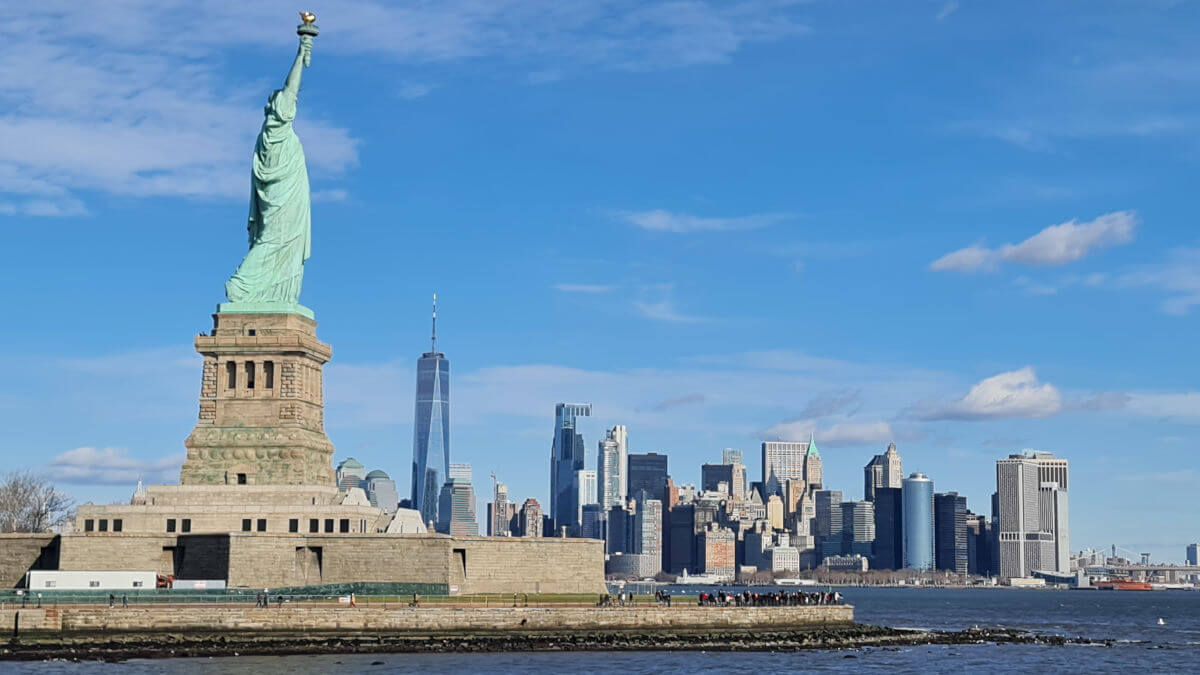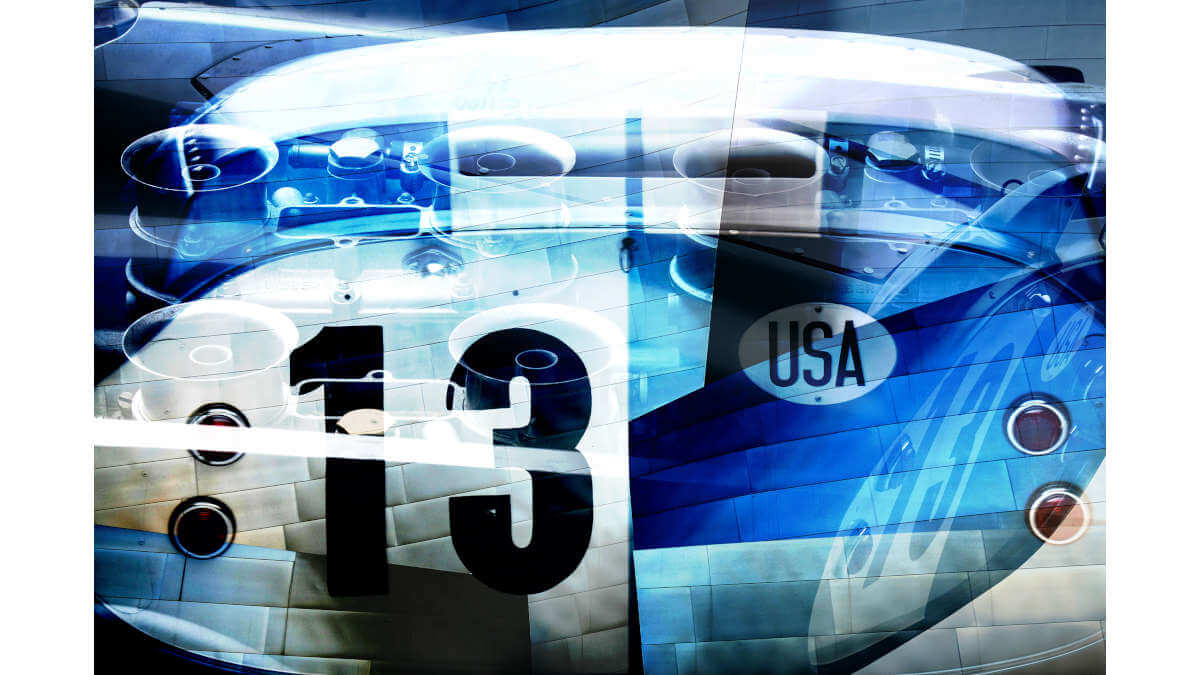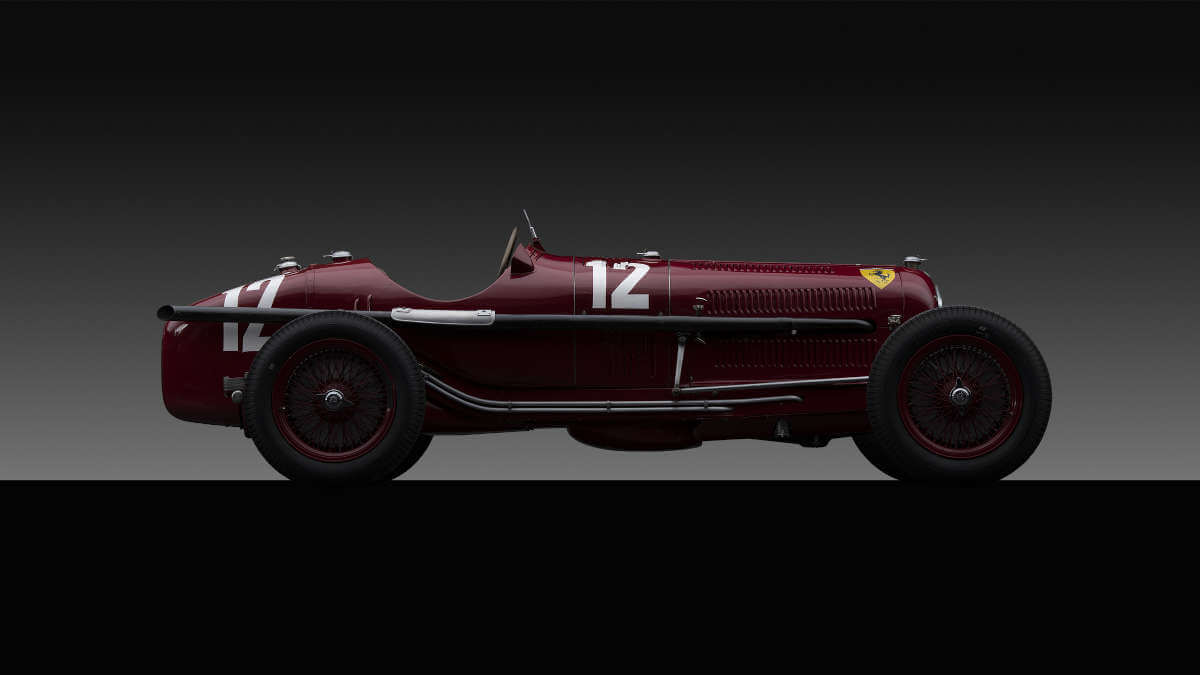Automotive Art 24 – Lancia D24
Bill Pack shows us the exclusive Lancia D24 in the 24th edition of our Automotive Art section. Back in the 1950s this was the last Lancia that competed in sports car races.
Welcome back to a new part of our monthly Automotive Art section with photographer and light artisan Bill Pack. He puts a special spotlight onto the design of classic and vintage cars and explains his interpretation of the styling ideas with some interesting pictures he took in his own style.
Into The Mind Of The Designer – by Bill Pack
It is easy to learn lots of facts and information about any automotive designer. We learn what great shops they worked for, what model of cars they designed and the innovations they have brought to the industry. We know about them, but we do not know them. With my imagery I attempted to get into the soul and spirit of the designer. By concentrating on specific parts of the car and using my lighting technique, I attempt to highlight the emotional lines of the designer.
1953 Lancia D24 – Designed by Vittorio Jano and bodied by Battista ‘Pinin’ Farina
A Moveable Feast – I have had the rare privilege of being commissioned by the Phoenix Art Museum to travel the United States and create my Automotive Art Imagery for the exhibition, “Legends of Speed”. This exhibition ran through March 15, 2020 and featured 22 iconic race cars. It spanned the years 1911 through 1978.
Each car has been driven in significant races by iconic drivers. From Sir Stirling Moss to Dan Gurney and Mario Andretti, racing from Le Mans, Indianapolis 500 to the Italian Gran Prix and many more. The history is rich and storied.
My part of the story was a twelve thousand mile Gran Turismo that took me to all four corners of the Unites States into some of the most coveted and significant private collections in the world.
One of these destinations was in a western state where I spent the day with a wonderful creation, the 1953 Lancia D24 Sport Pinin Farina Spyder.
Brilliant automotive design is a collaboration of many disciplines that must converge harmoniously to be successful. It was Gianni Lancia, the son of Lancias’ founder Vincenzo, who had the vision for the D24. He selected Vittorio Jano and Battista ‘Pinin’ Farina to give function and form to what is the Lancia D24 Sport Spyder.
Jano came to Lancia with an impressive list of achievements for Alfa Romeo. His first design was the 8-cylinder inline engine mounted to the P2 Grand Prix car, which won Alfa Romeo the inaugural world championship for Grand Prix cars in 1925.
Battista ‘Pinin’ Farina was already a renown coachbuilder and had a history with Lancia that proved to be successful. In music there is a pattern known as “call and response”. One calls and another answers. I believe this can apply to automotive design as well.
Vittorio Jano put out the call with his power plant and Battista Farina’s response was, lines of the sublime. Together an automotive jewel was created. Explore the lines of the response penned by Battista ‘Pinin’ Farina, orchestrated by Gianni Lancia.
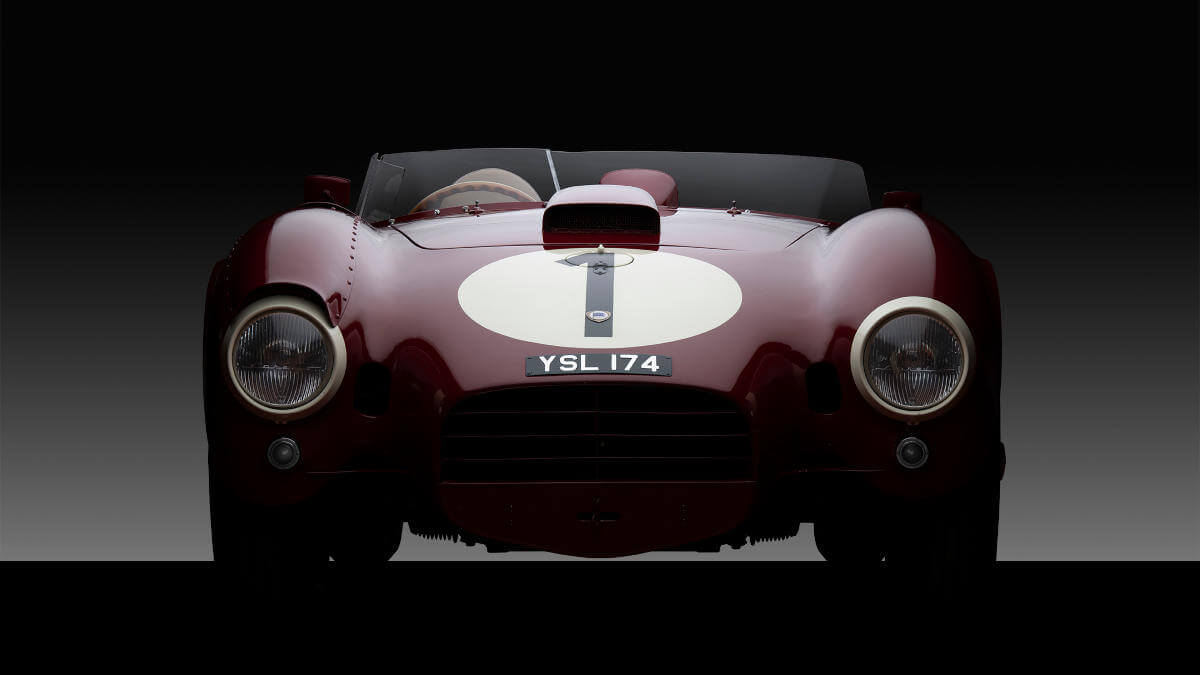



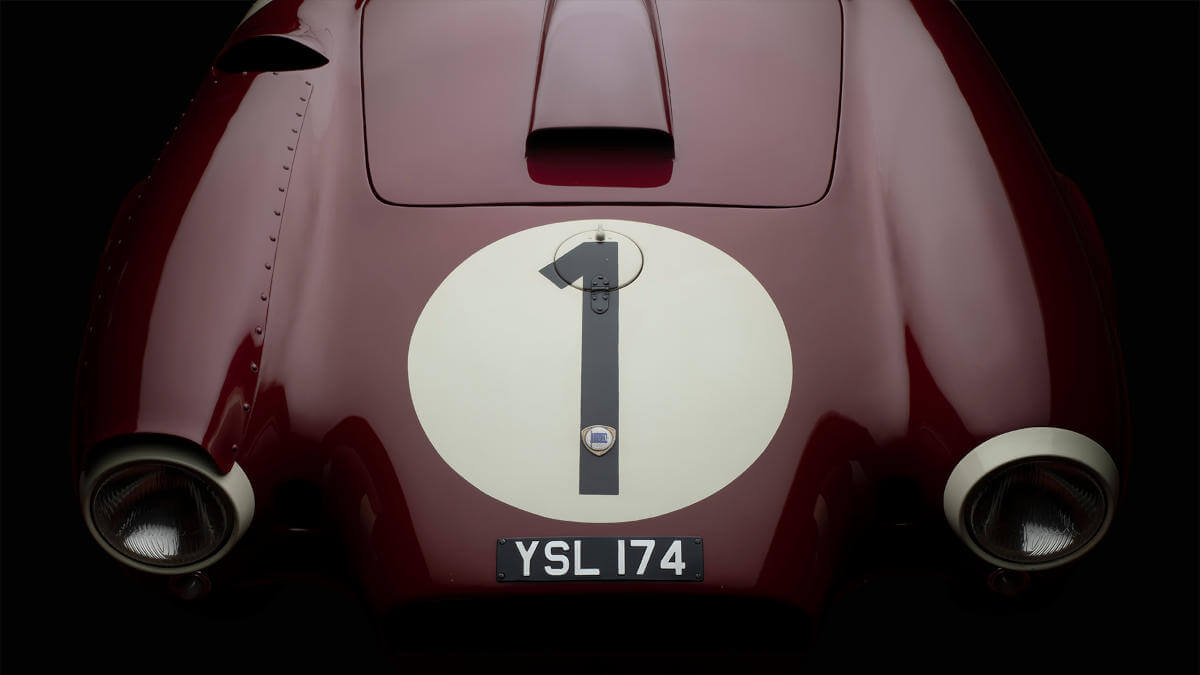



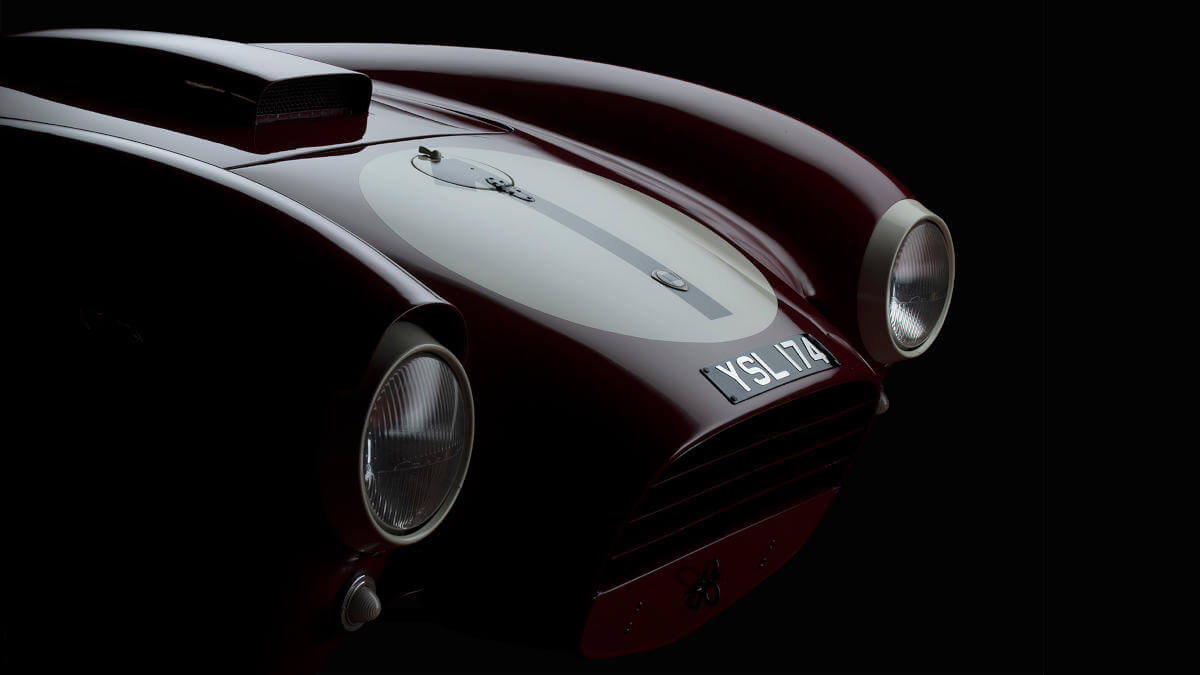



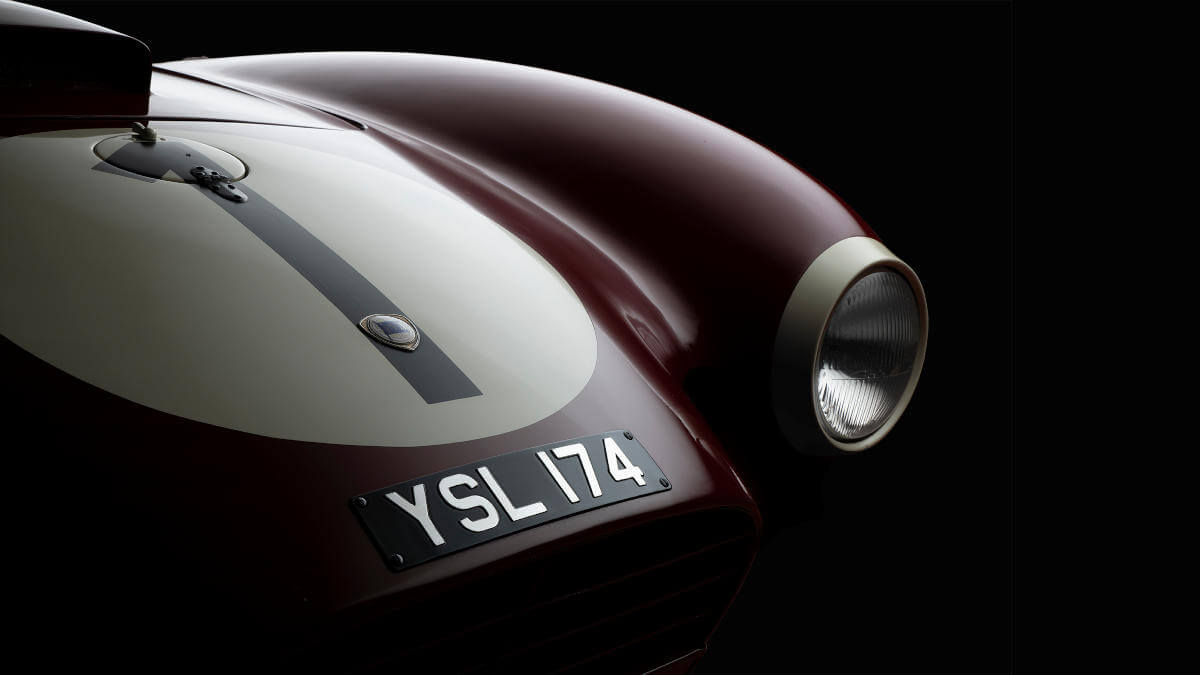



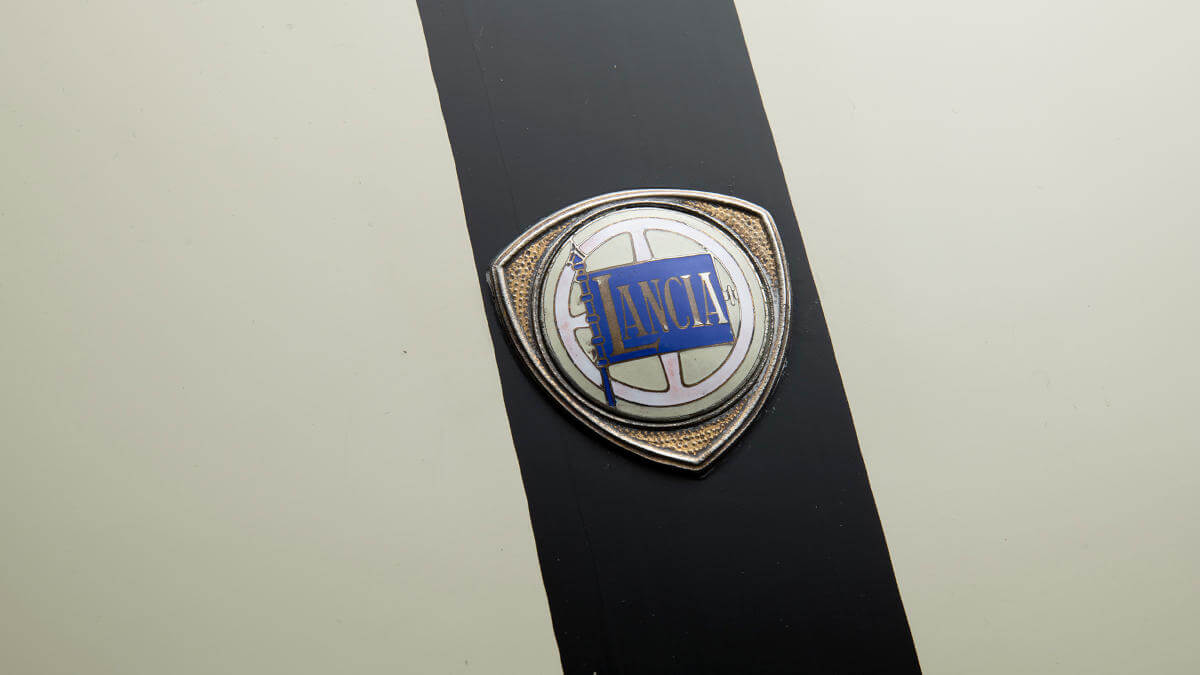



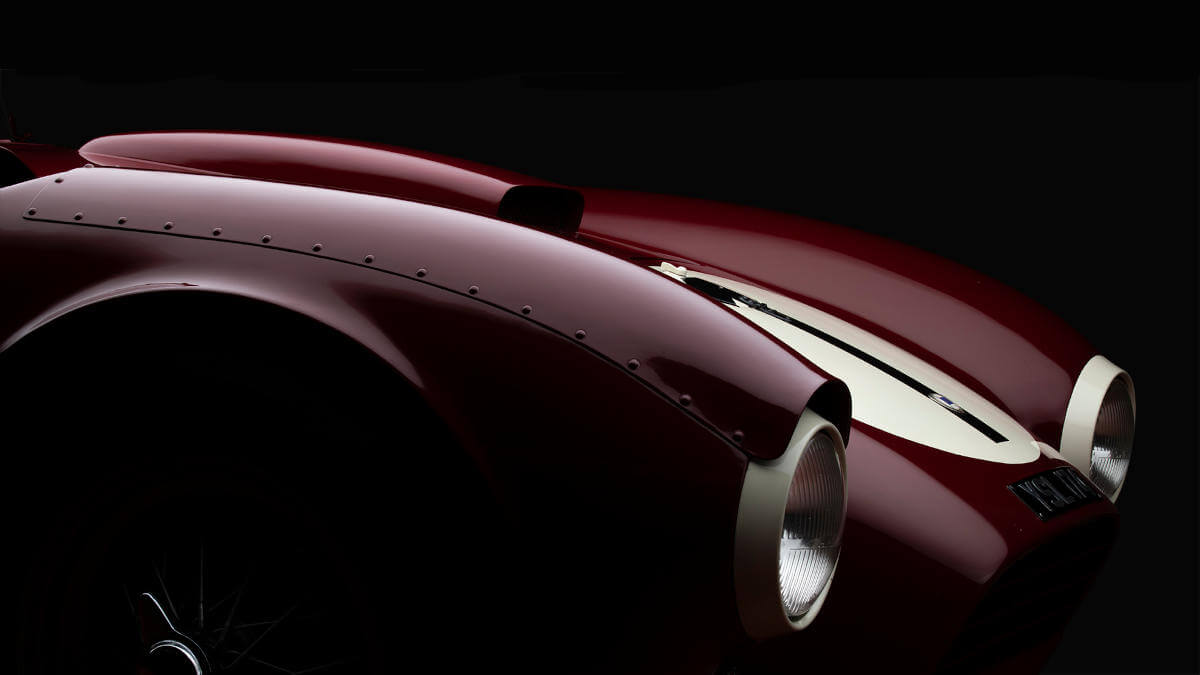



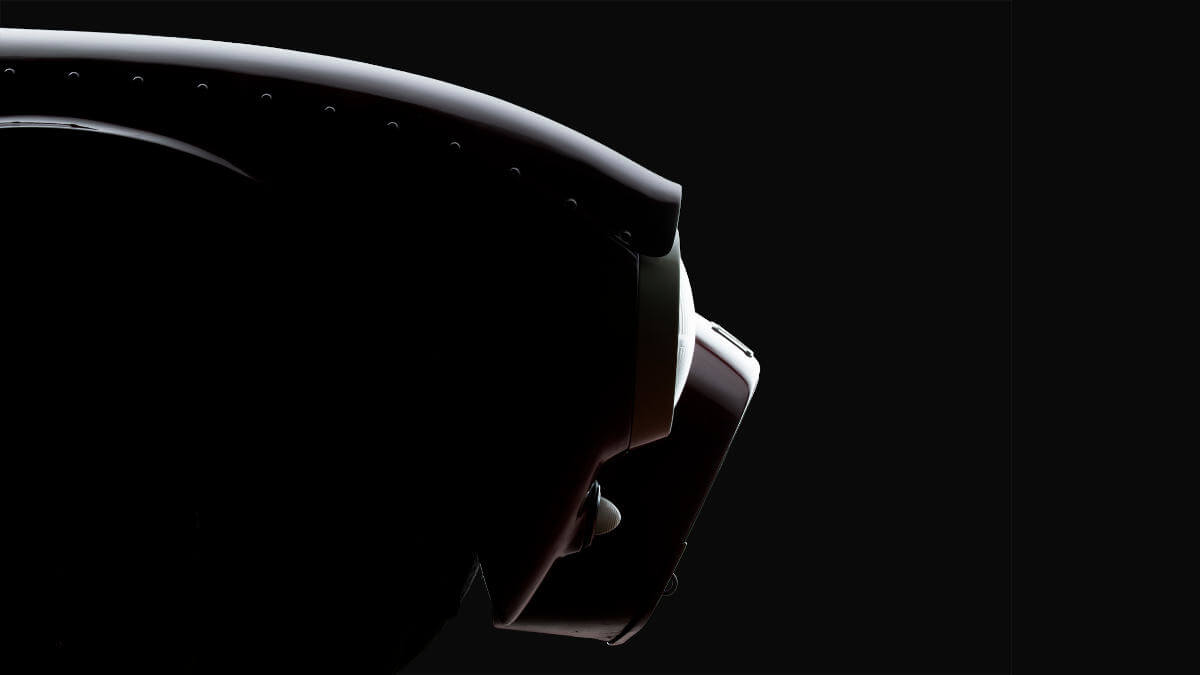



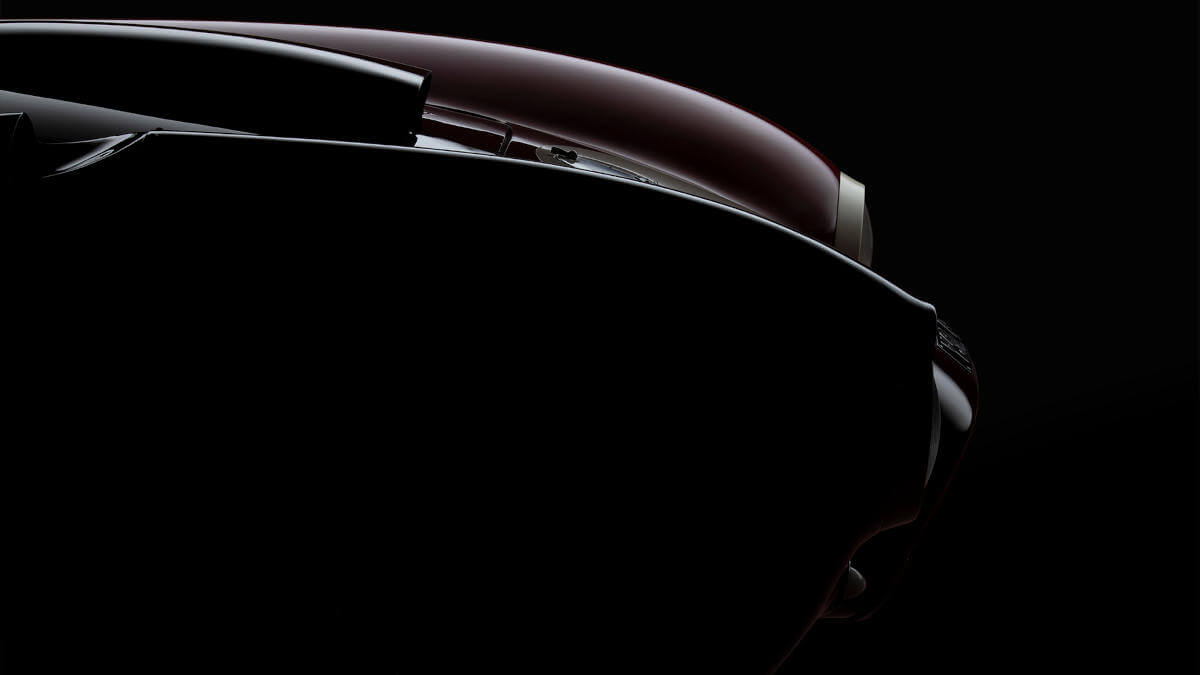



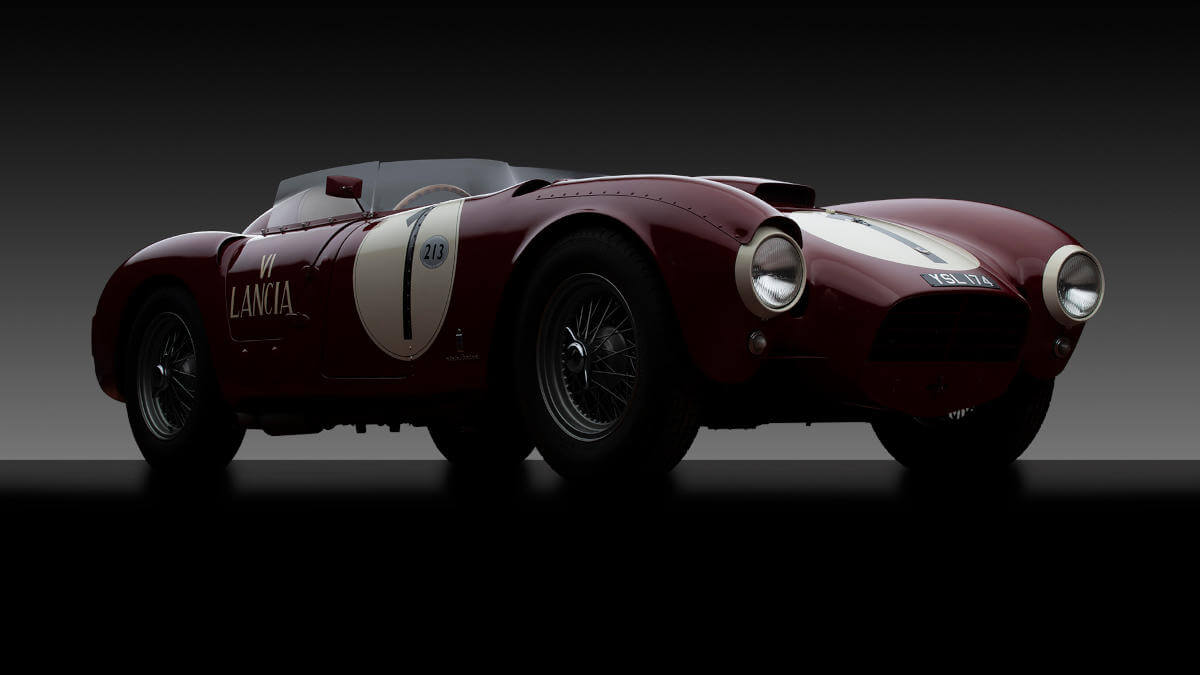



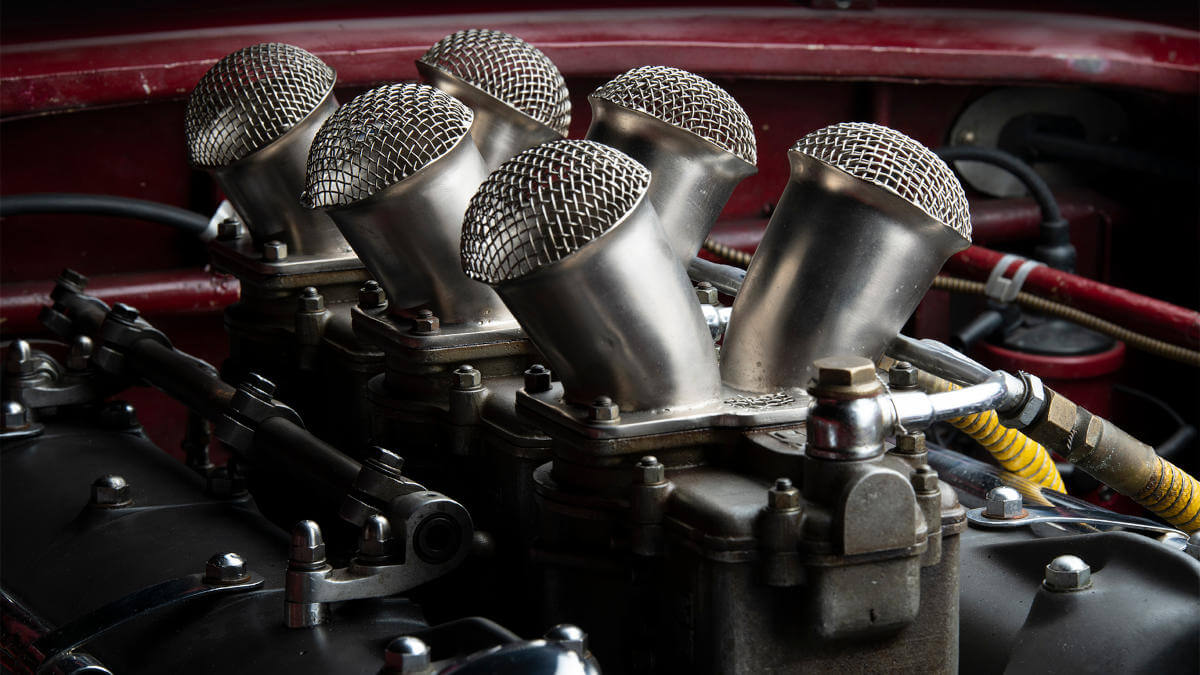



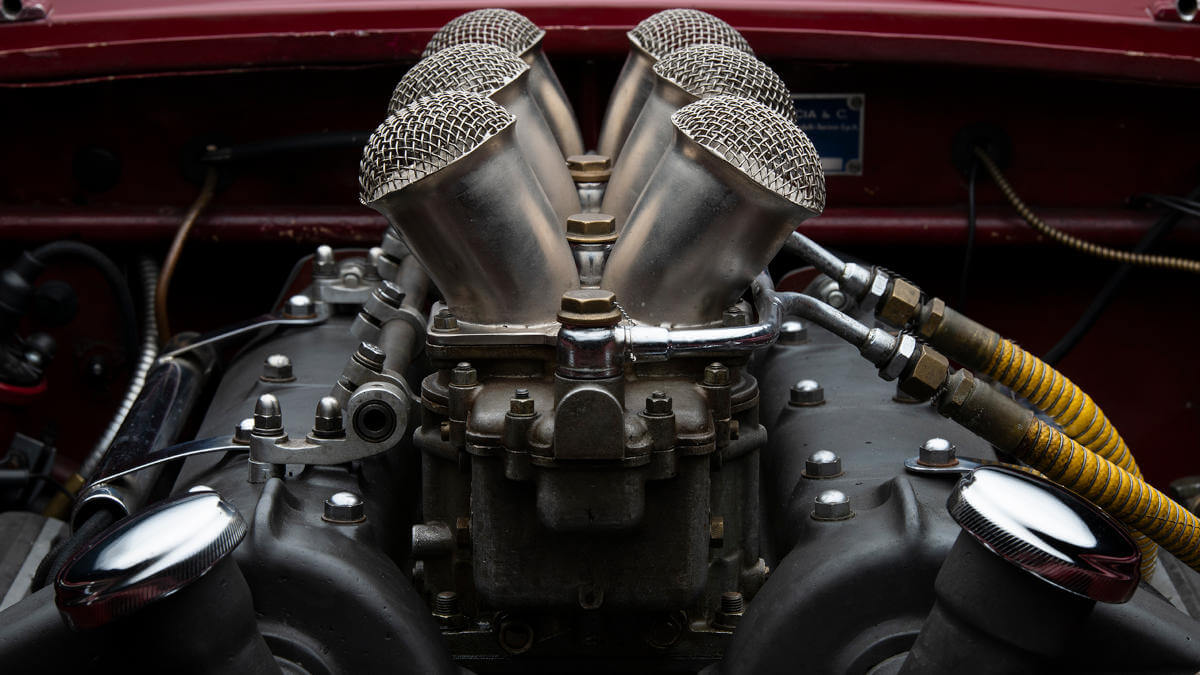



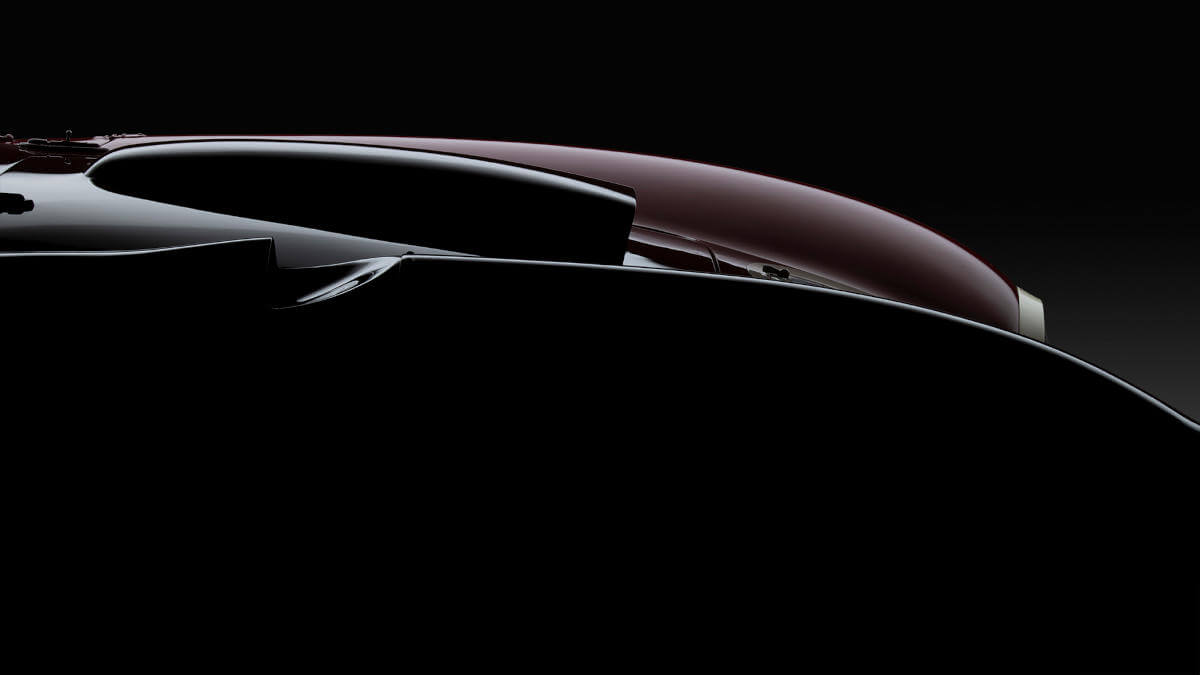



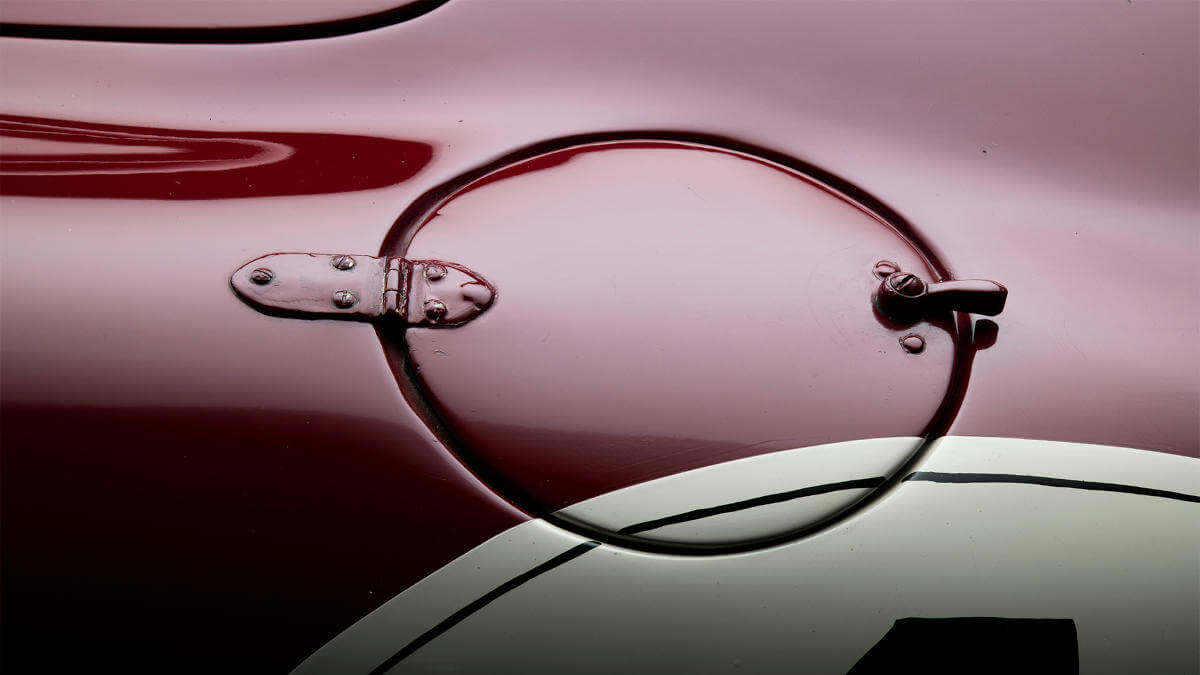



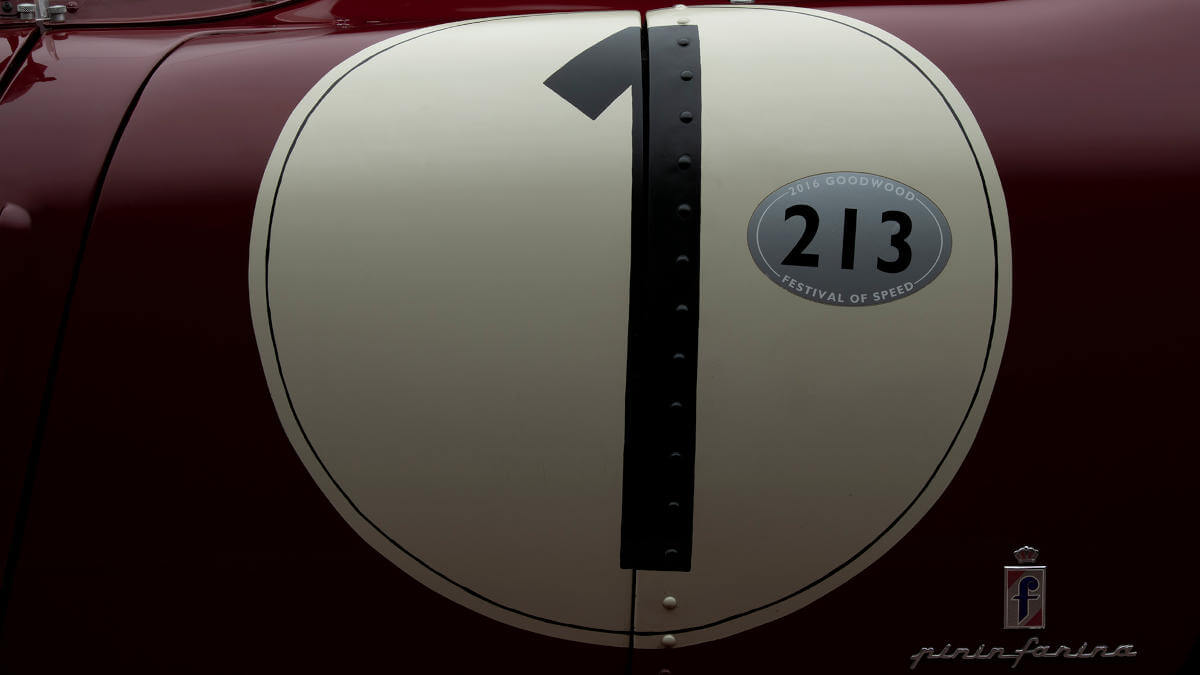



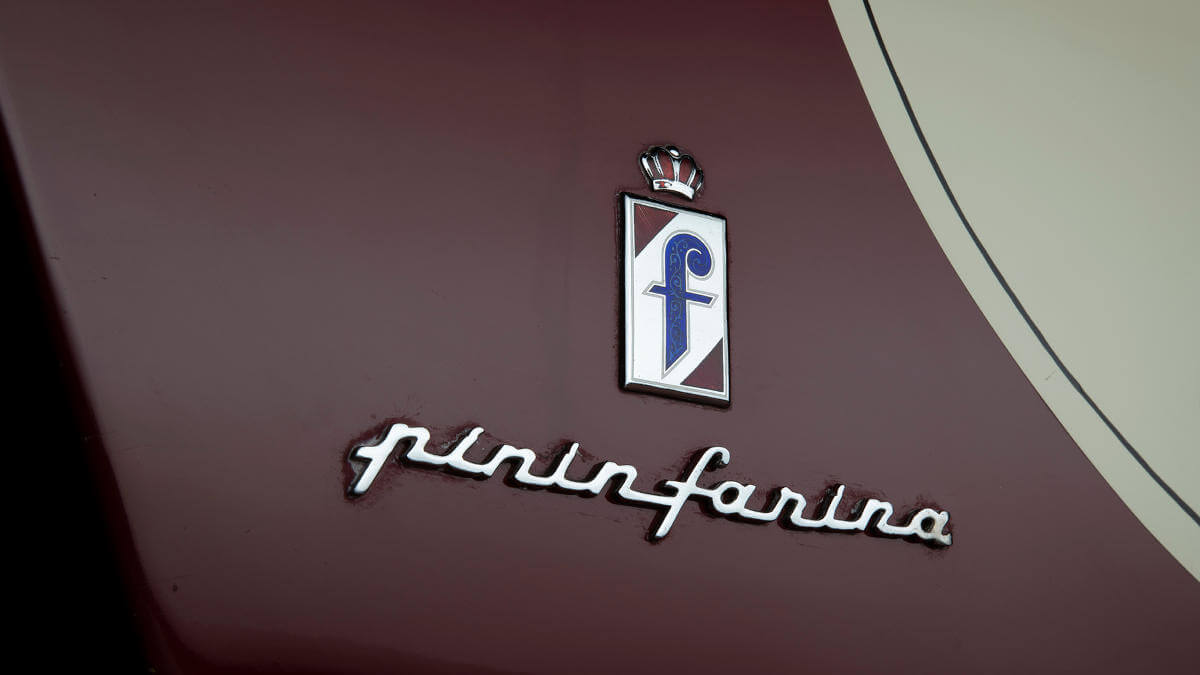



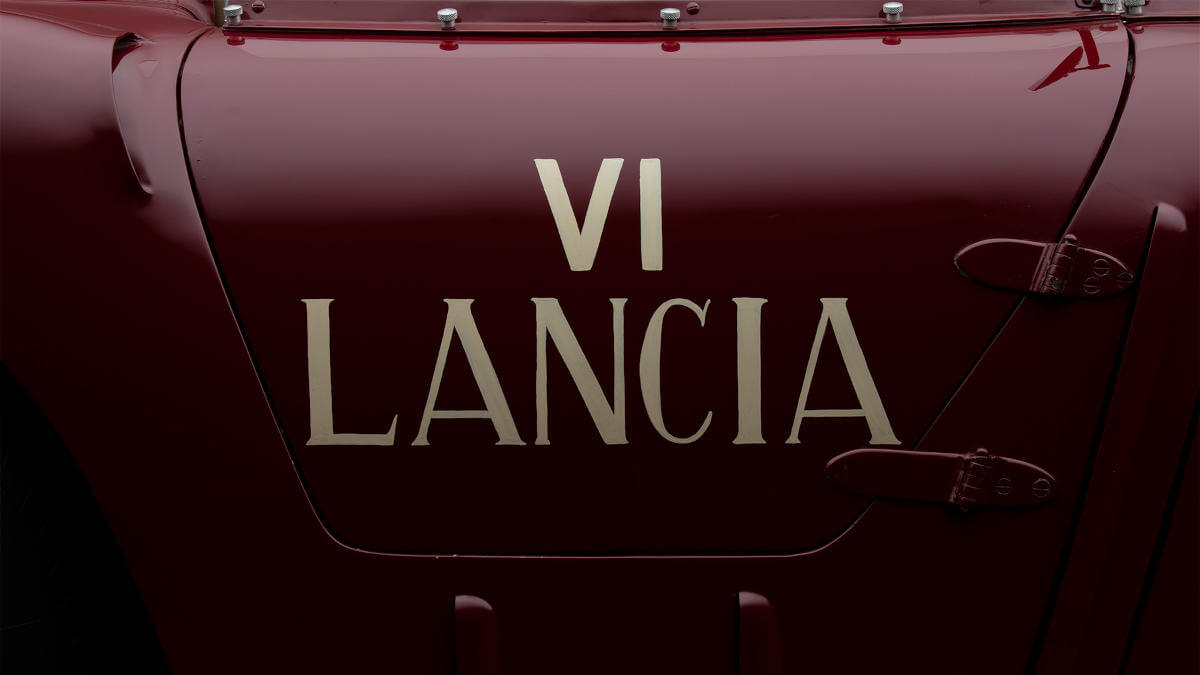



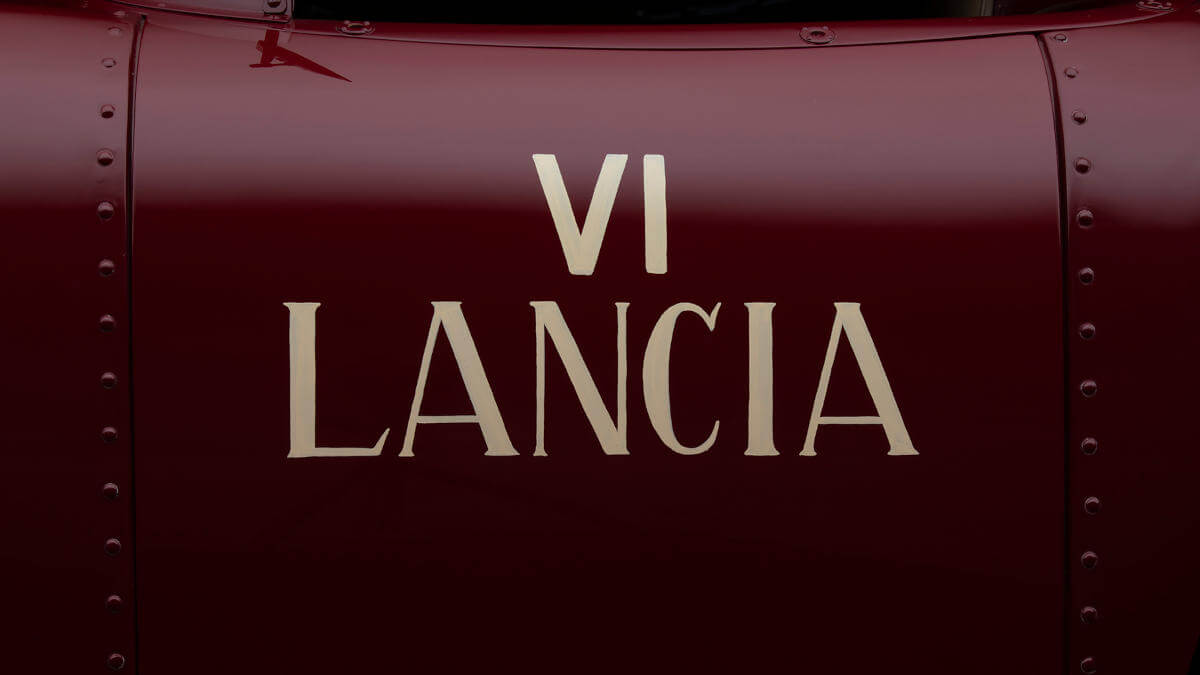



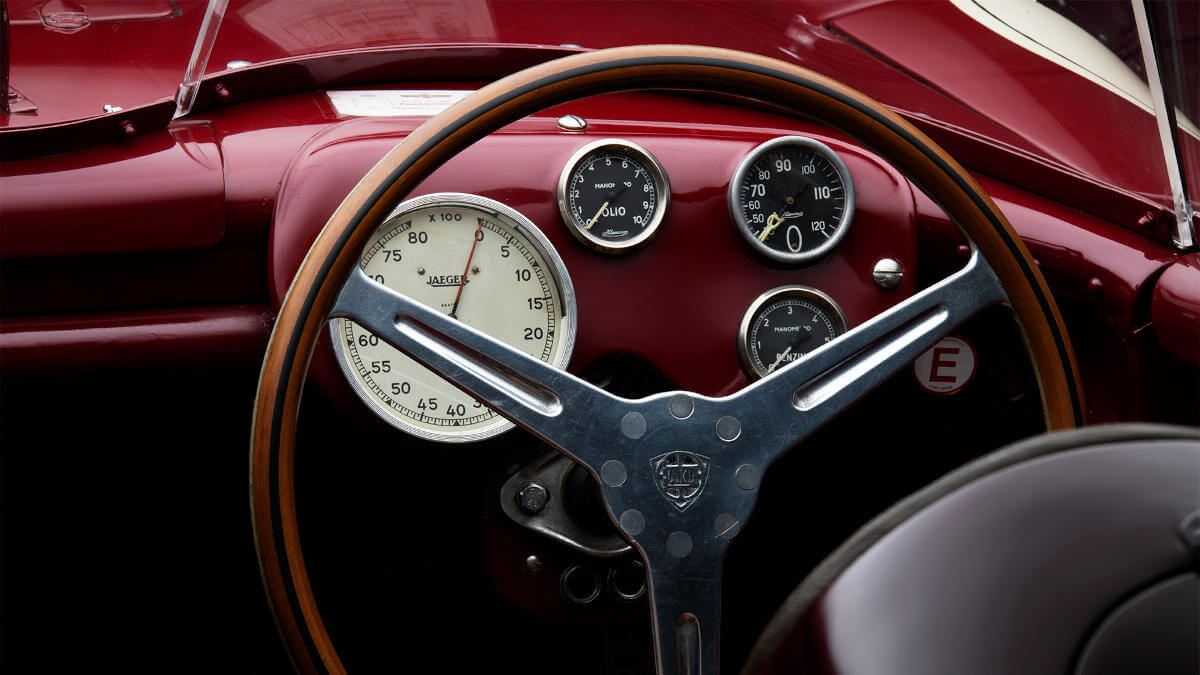



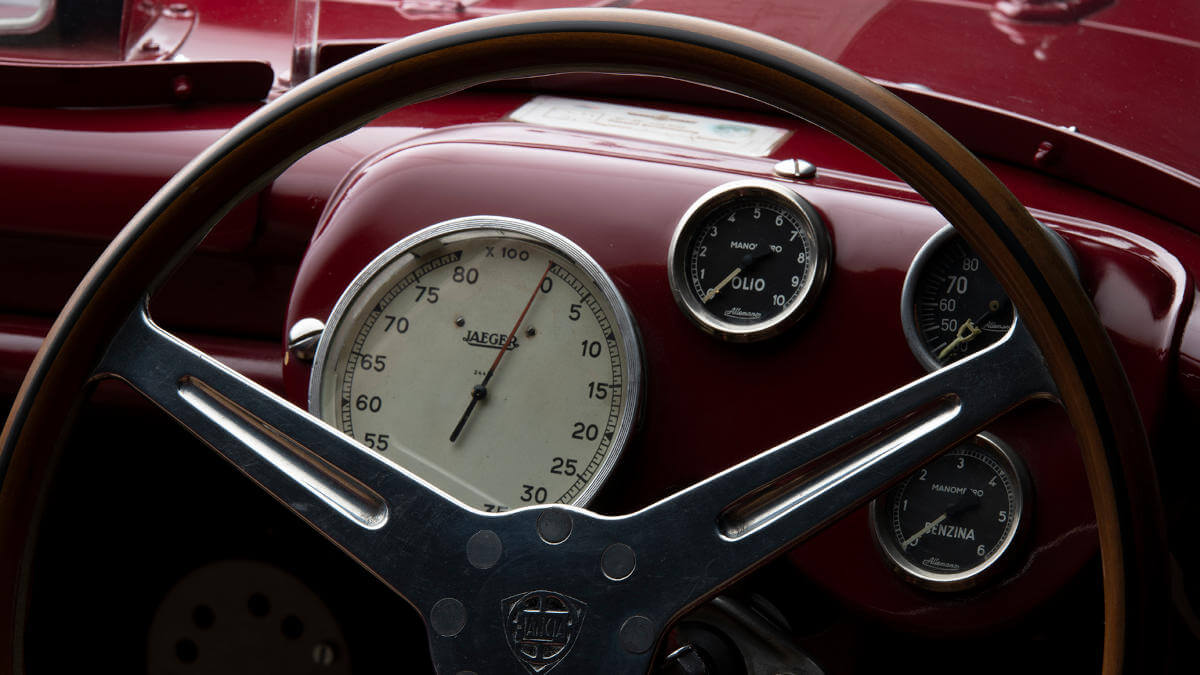



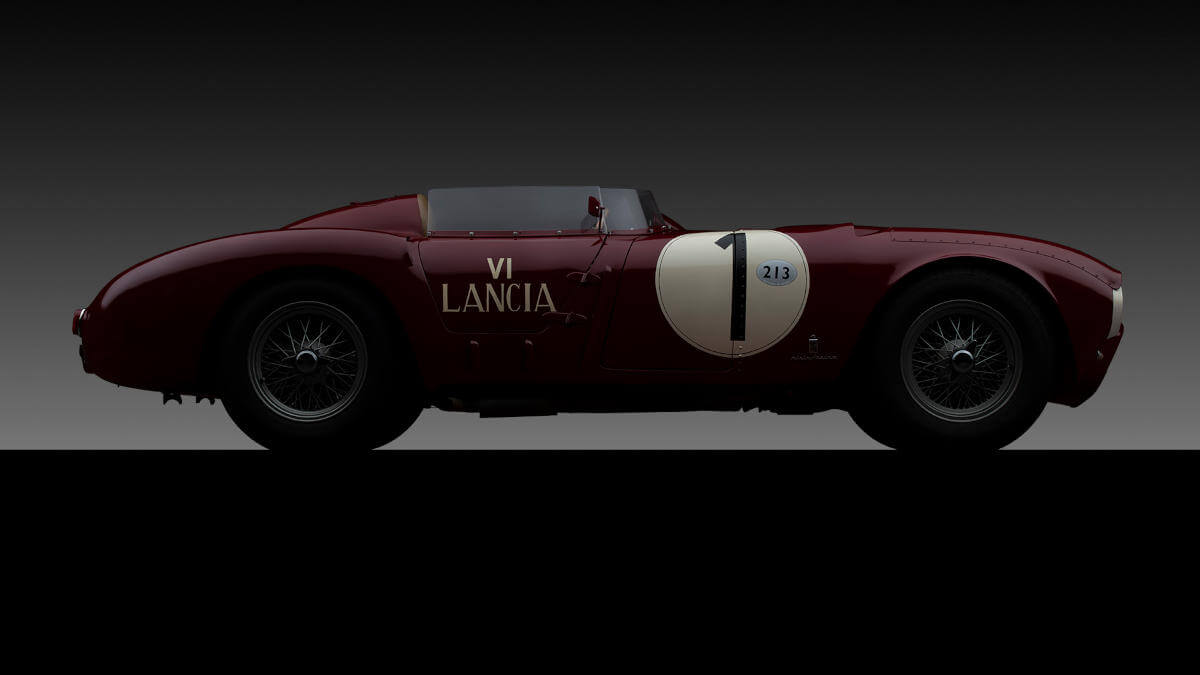



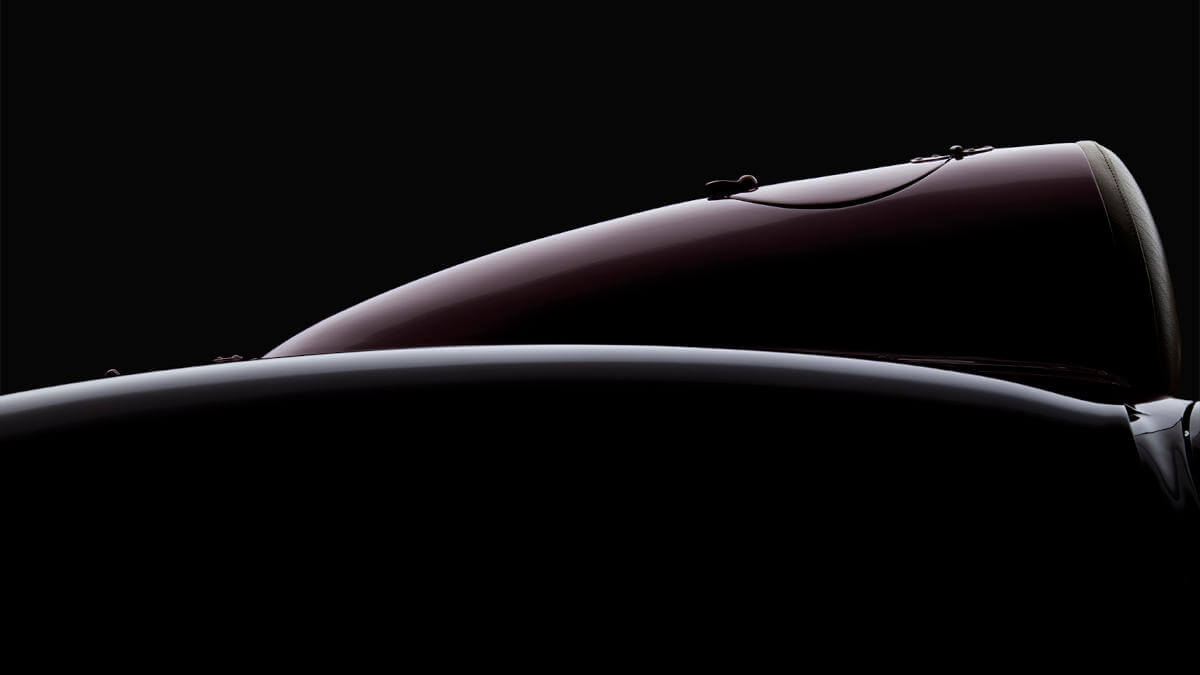



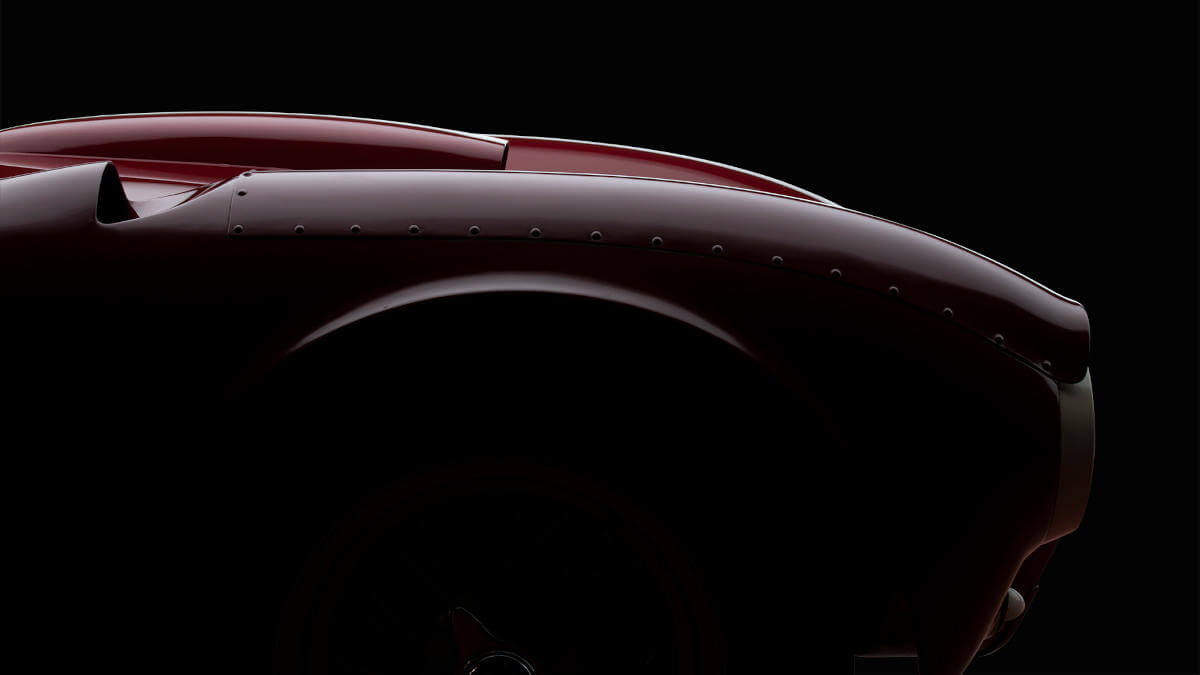



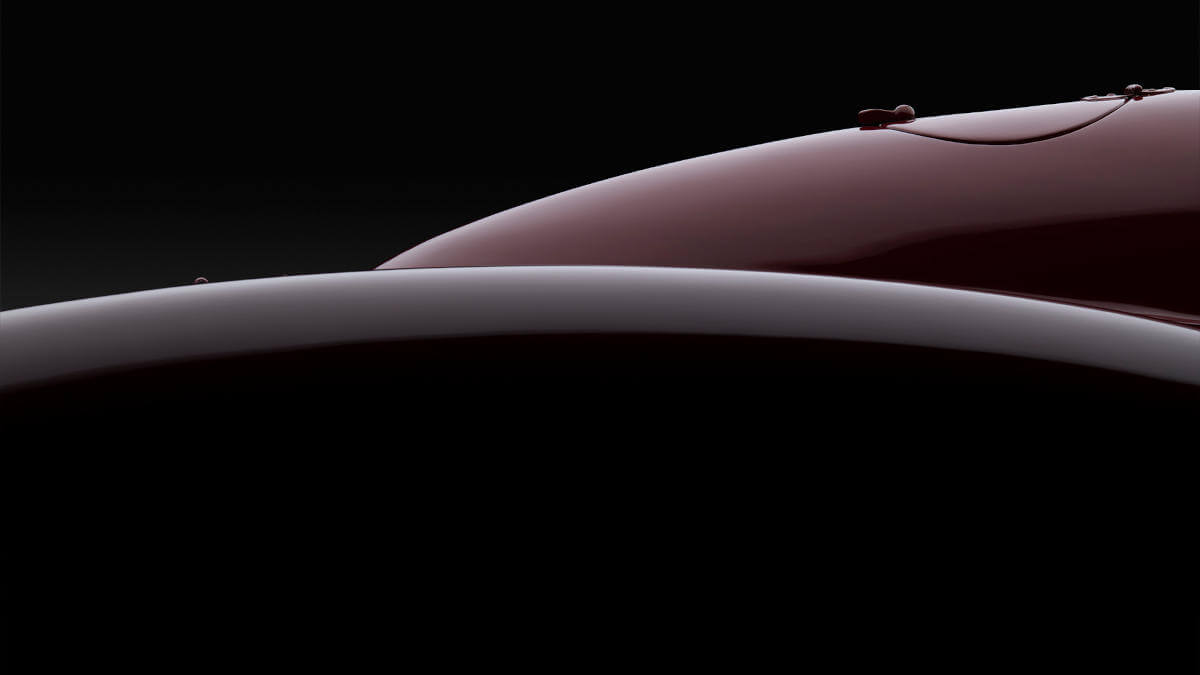



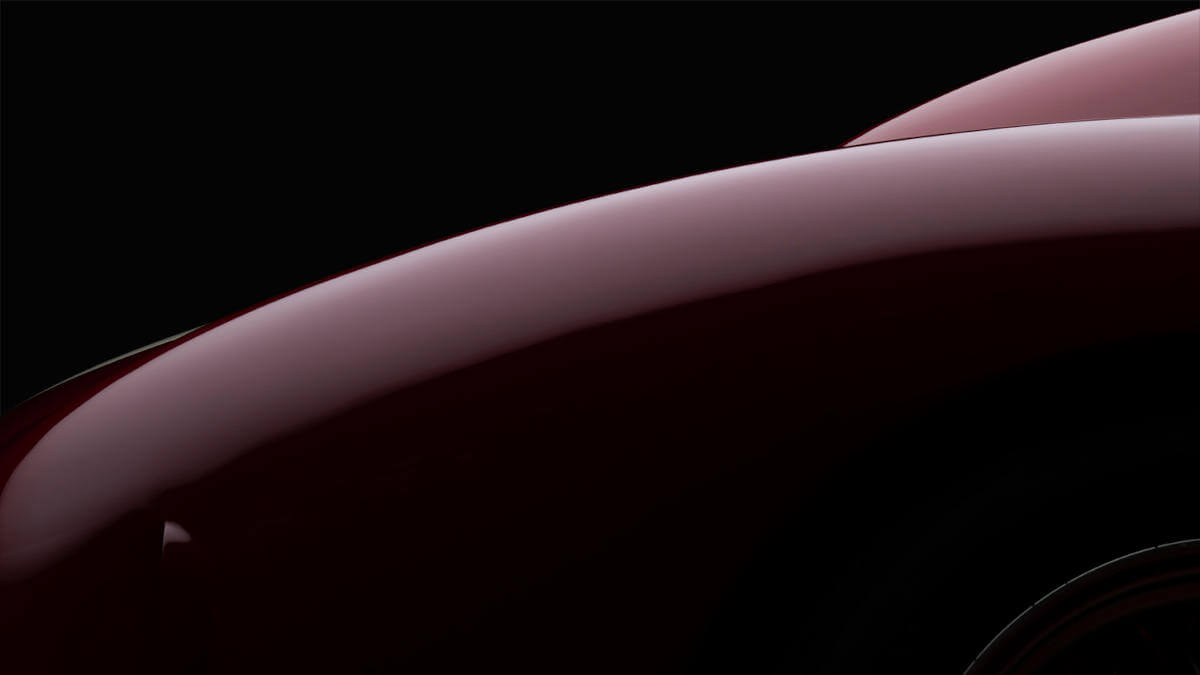



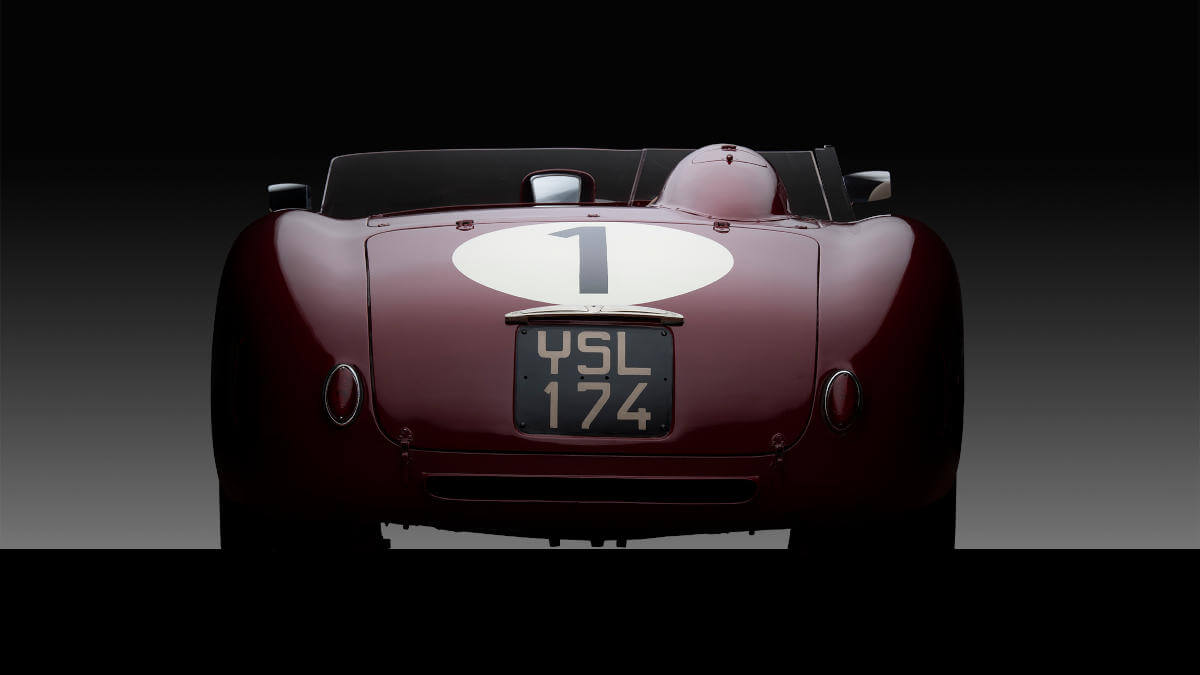



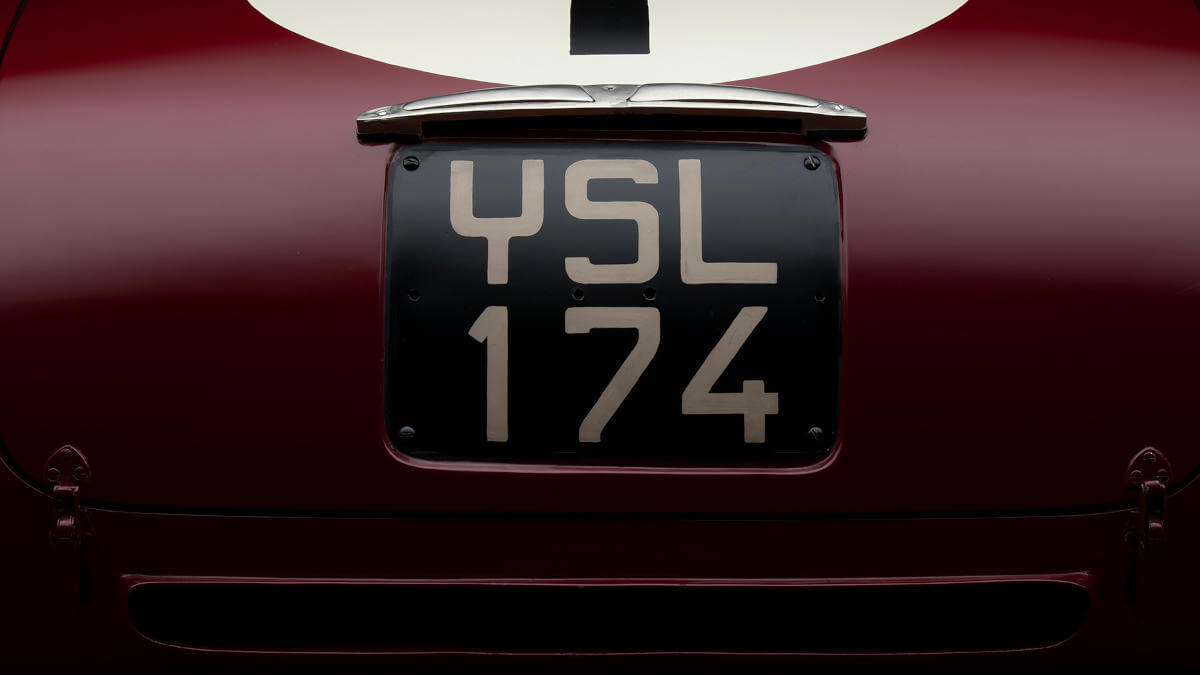



Lancia D24 – Details – by Matthias Kierse
With the D24 Lancia crowned a development of racing sports cars, which had begun with the D20 in 1953. Shortly before they had employed the brilliant engineer Vittorio Jano, who was working at Alfa Romeo before. What sounds strange from today’s perspective, where both brands have long been part of the FCA Group, was almost an act of state at the time.
Unlike the subsequent models, the Lancia D20 was a closed Coupé. As basis served a tube frame chassis, over which Pinin Farina designed an appropriate body. As power source they used a three-liter V6 engine with approximately 220 hp. After the first two races, the Mille Miglia and the Targa Florio in 1953, Lancia mounted a Roots blower for a power increase to 260 hp. In addition Lancia equipped the cars with an air scoop over the windshield, in order to be able to ventilate the cockpit better. Six examples of the D20 were built.
Although the Lancia D23 is often regarded as the successor model, this racing sports car rolled onto the track in the same year. However, this vehicle ran initially only at smaller national races in Italy. But in November 1953, Lancia took it to the Carrera Panamericana in Mexico, where one of the two built D23 reached third place and thus ensured a threefold victory for Lancia. Pinin Farina created also this bodywork, while under it the internal drum brakes and the V6 engine were taken over from the D20.
The D24 also rolled out of Lancia’s factory halls for the first time in the second half of 1953. It received a further developed, shorter and lighter tubular frame chassis and a V6 engine bored out to 3.3 liters displacement with approximately 265 hp. Lancia entered the D24 for the first time in the 1,000-kilometer race at the Nürburgring. While both cars had to give up there by technical defects, they fetched the first two places at the Carrera Panamericana in front of the D23 mentioned above. 1954 was another year with ups and downs. At the 12 Hours of Sebring, all three factory Lancias dropped out. Victories followed at the Giro di Sicilia, the Mille Miglia and the Targa Florio. They also took second and third place in the RAC Tourist Trophy at the Dundrod Circuit in Northern Ireland.
Unfortunately, Lancia ceased all activities in the World Sports Car Championship at the end of the 1954 season. The reason for this lay in the simultaneous commitment in the Formula 1 championship with the D50. Also this monoposto race car was developed by Vittorio Jano. After Alberto Ascari died during test drives in 1955 and besides that hardly any money was left, Lancia sold their racing department to Ferrari at the end of the year. Ferrari used the further developed D50 again in the 1956 season and Juan Manuel Fangio drove it to his fourth world championship title.
From the Lancia D24 only two copies remain worldwide. Correspondingly rare is the opportunity to have such a direct look at the details as Bill Pack had. So enjoy the great pictures in our gallery, which also marks the end of the second year of the Automotive Art section.
Authors: Matthias Kierse, Bill Pack
Images: © by Bill Pack


